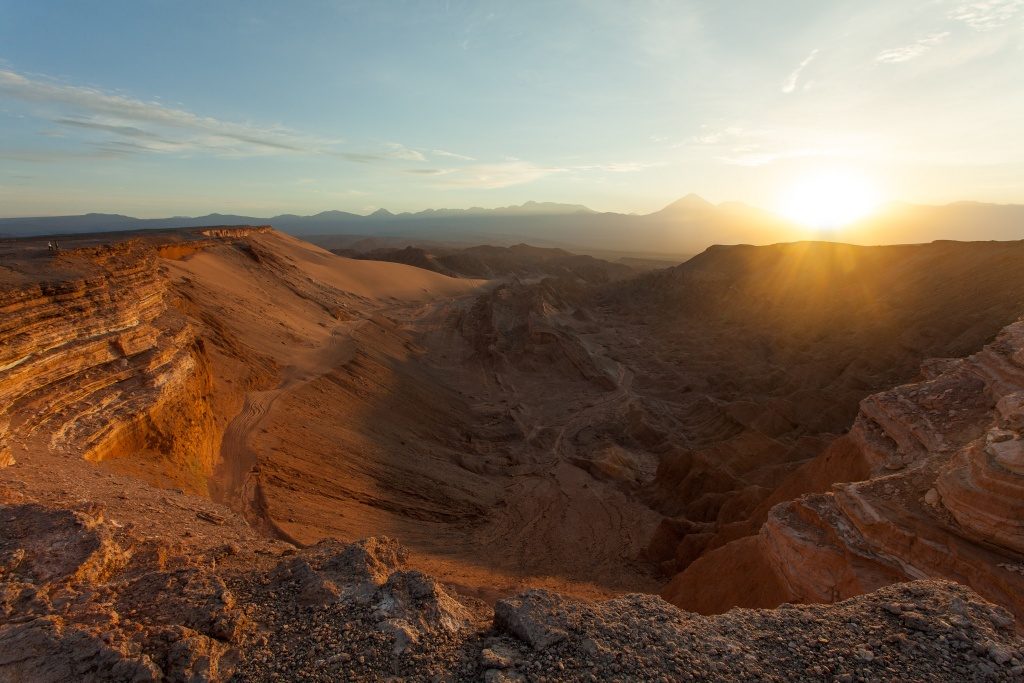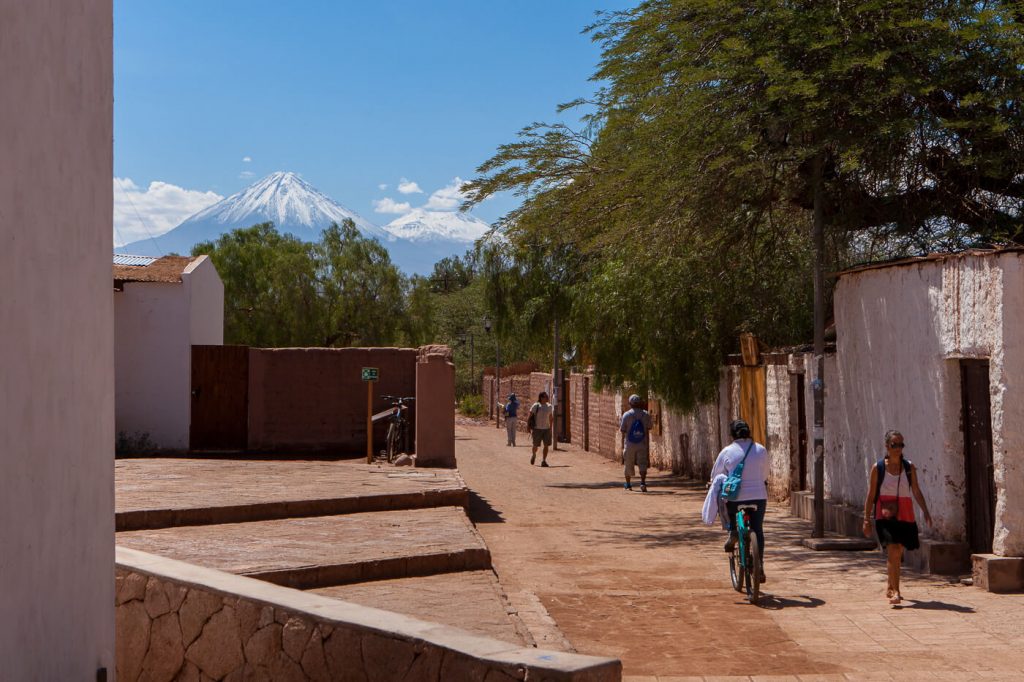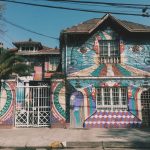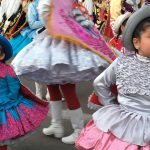Arriving, as most people do, by air to the pocket-sized town of San Pedro de Atacama (2500 inhabitants), visitors often remark on what they perceive as the barrenness of the landscape. Many different shades of ochre, beige and brown stretch as far as the eye can see, with the occasional tree-windbreak as visitors make the 75-minute drive from the Calama airport. People come here because they know it as the it spot for taking in the wonders of the desert, visiting vast salt pans, high altitude lakes, otherworldly, Mars-like terrain, the salt mountain range and endless dunes. But long before it became a cozy spot from which to experience the desert, the area surrounding San Pedro de Atacama has been a population center, and a stopover point for overland travelers braving this, the world’s driest desert.

The earliest inhabitants of the area surrounding San Pedro de Atacama date back some 11,000 years, and learning about these Pre-Columbian cultures is easily facilitated by a visit to the gigantic collection of the Gustavo Le Paige Archaeological Museum located just off San Pedro’s plaza. Here you can see relics representing thousands of years of culture, with everything from simple tools to silver and gold masks, and remarkably, ornately carved tablets which the ancient Atacameñan people used to snort hallucinogenic drugs, including a substance refined from the San Pedro cactus. Visitors can also follow the development of different anthropomorphic pottery styles as they emerged in the years between 400 AD and 900 AD, and get a sense of how life has been lived in this area over millennia. Historically there have been mummies on display here, but in deference to their descendants, they have been removed from the public collection.
The origins of the specific indigenous group referred to as the Atacameñan or Kunza people dates back to 500 BC, and their first known conquerors were from Tiwanaku, a culture whose main seat was close to the Bolivian capital of La Paz. From this point on, contact with other cultures is visible in artistic and cultural influences. For example, Tiwanaku is one of the four main styles identified in the petroglyphs at Yerbas Buenas, a short drive from the town. Here, ancient peoples stopped with their animals to rest and replenish, and many left carvings in the rocks, which are visible to this day. Main motifs include camelids, usually identified as guanacos, and foxes, which are two types of animals still commonly seen in the altiplano.
Other historical centers close to San Pedro that are easy to get to belie the long history of this land, including the Pukara de Quitor, just 3 kilometers from town, though walking that distance, you’ll probably note the altitude, at about 8000 feet. Often referred to as a fort, you might think of it as an early apartment building, with different balconies and living areas, which the Atacameños built to resist invasion by the Inca. The word pukara comes from the Quechua, not the native Kunza language, showing that even early on, these northern cultures had contact with one another. The fortress complex of Pukara de Quitor was later captured by the Spanish, in a 1540 attack organized by Pedro de Valdivia, a Spanish conquistador and the first royal governor of Chile. The pukara has been partially reconstructed and can be visited, and from the top, there are great views over the Catarpe Valley.

Later, the first church of San Pedro was built in 1577 and much of the original style is still conserved, as it is built out of adobe, a local cactus and the wood of a tree called the algarrobo (a relative to mesquite), the roof of which is held together with leather straps. The original exterior walls date to 1744, and the bell tower is from 1890, smack in the middle of the boom times of the nitrate industry (see below).
The Atacameño culture still persists, though the growth of tourism, especially in the last decade and a half has created a bit of a split between public and private life. In the nearly 30 Atacaman communities of a total of over 20,000 people, traditions such as animal rearing and agriculture still play a major role in making a living. Some farming terraces in the ayllus (small indigenous communities) have been in use for a thousand years. Visitors can arrange to spend some time in some of the smaller towns, to appreciate the culture and try foods unique to the area, from llama steaks to desserts sweetened with arrope de chañar, a syrup made from the pulp surrounding the seed of a local tree.
San Pedro’s importance was historically heavily due to the presence of water in the middle of a desert, and as an oasis town, it supported milennia of human inhabitants and became a popular stopover not only for ancient indigenous civilizations, but also as a resting place for people and cattle during Chile’s nitrate boom. This period, when nitrates were used for fertilizer (later, man-made fertilizer would take over the market), lasted from the early 1800s to the mid 1900s. People drove cattle to Chile from as far away as Salta and Córdoba, Argentina to provide food for the saltpeter (nitrate) workers.
Far from being a desolate location, and despite how dry it is, the area surrounding San Pedro is alive with vegetation and wildlife, including the guanacos and foxes known to ancient peoples and a few species of flamingoes reliably feeding on brine shrimp on the saltpans at sunrise and dusk. In the desert, there are more than 500 endemic plants, including the cushion-like llareta and the aromatic rica rica, which can be made into a tisane or (more recently) to flavor Pisco Sours. In the shadow of the Lincancabur Volcano, the natural processes that define this area go on as though time has not passed, and those who have made a life here, animal, plant and human have demonstrated an extraordinary ability to adapt to some of the driest conditions known to man.

For visitors, it is an unbeatable destination, with clear skies most times of year for fantastic stargazing, geyser fields, hot springs, hikes among giant, saguaro-like cacti, ancient cultures and likely, more flamingoes than you have ever seen. Spectacular, photo-worthy sunsets are a frequent occurrence, and San Pedro de Atacama is one of Chile’s main attractions for visitors from around the world. There are excellent food and lodging options, perfect for you to stay awhile and really get to know this once-in-a-lifetime (or more if you are lucky) travel destination.

